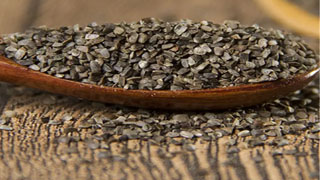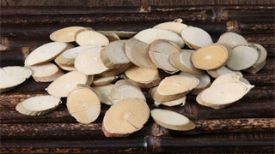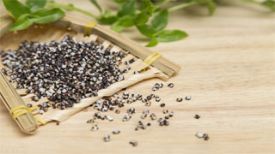
1. Alias
Yimu Zi, Chongyu Zi, Yimu Cao Zi, Xiaohu Ma, Kucao Zi.
2. Plant morphology
Annual or biennial herb, 60-100 cm tall. The stem is upright, quadrilateral, with rough and hairy hairs, and the leaves are opposite. The small nut is brown, triangular in shape, with a wide and flat upper end, a wedge-shaped base, and a length of about 2.5 millimeters. The flowering period is from June to September, and the fruiting period is from July to October.
3. Origin distribution
Born on field ridges, roadsides, stream banks, or hillside grasslands, especially in sunny areas, and can grow at an altitude of over 3000 meters. Produced in various parts of our country.
4. Harvesting and processing
When the autumn fruit is ripe, harvest the whole plant, dry it in the sun, sow the fruit, and remove leaves and impurities.
5. Characteristics of medicinal herbs
The small nut is rectangular in shape, with three edges, measuring 2-3 millimeters in length and 1-1.5 millimeters in diameter. The upper end is flat and the lower end gradually narrows, with concave fruit stem marks. The surface is gray brown or brown, with sparse dark spots. The cut surface has brown skin, white endosperm and cotyledons, and is rich in oil. Qi is absent, with a slightly bitter taste.
6. Sexual Taste Returning to the Classics
Slightly cold in nature, with a spicy and sweet taste. Returning to the Heart meridian and Liver meridian.
7. Effect and Function
Promote blood circulation, regulate menstruation, clear the liver and improve vision. It belongs to the category of blood activating and stasis removing drugs for regulating blood circulation and meridians.
8. Clinical application
Use 5-10 grams. Used to treat symptoms such as liver heat, headache, redness, swelling, and pain in the eyes.
9. Pharmacological research
It has functions such as lowering blood pressure and stimulating the uterus.
10. Chemical composition
This product contains ingredients such as motherwort alkaloids, sophocarpine, linolenic acid, oleic acid, etc.
11. Usage taboos
Use with caution for patients with dilated pupils and those with Yin deficiency and blood collapse.
12. Compatibility prescription
① Treatment of Uterine Prolapse: 15g of Forsythia suspensa and 12g of Fructus Aurantii: decoct in water and take orally. (Hunan Pharmaceutical Journal)
② To treat dizziness, redness, swelling, and pain: 10g of wolfberry, 10g of chrysanthemum, 10g of white thistle, and 10g of Sichuan Achyranthes. Boil it in water. (Sichuan Journal of Traditional Chinese Medicine, 1979)
③ Treatment of hypertension: 9 grams each of Scutellaria baicalensis and Scutellaria baicalensis, 15 grams each of Prunella vulgaris, Eucommia ulmoides, and Mulberry Parasitic. Boil it in water. (Qingdao Pharmaceutical Handbook)
④ Treatment of breast abscess and severe pain: apply and extract the juice of Mao Weizi. (Pope Francis)
⊙ The content of the article is for clinical reference only. Non TCM professionals are not allowed to test drugs.


